Understanding Inbound Arbitrage
let’s talk about what inbound arbitrage really is? This kind of arbitrage refers to importing goods from international markets at a lower price and then selling them at a higher price in local markets. In simple terms, you take advantage of price differences between countries, not just between different markets in one city. In this table we show you a short comparison between inbound arbitrage, retail arbitrage, online arbitrage, and digital arbitrage. If you want to have more information about What is Digital Arbitrage or other models, use our articles on website
| Model | Source of Products | Process |
| Retail Arbitrage | Local retail stores | Buy discounted/clearance products physically and resell on Amazon |
| Online Arbitrage | E-commerce websites | Buy discounted products online and resell on Amazon |
| Inbound Arbitrage | International suppliers/markets | Source products overseas and import into Amazon US/EU |
| Digital Arbitrage | Digital goods/services | Buy digital products or services low in one market, then sell high in another |
If you feel confused about these different forms, don’t worry, we’ll explain them clearly with real-life examples. Imagine you find a budget electronic gadget selling for $10 from a wholesaler in Asia. In the target marke, that same gadget sells for $30. This means you can import the item and sell it on Amazon. After Amazon fees, you could earn around $5 profit per sale.
How Inbound Arbitrage Works?
There’s no doubt that inbound arbitrage on Amazon has a few key steps every seller should know and follow. Here, we’ll show you the step-by-step process you can use to run this kind of arbitrage and increase your profit margin.
-
Product Sourcing
First, you should find profitable products overseas that have a much lower price compared to similar products in target country. Advanced sellers usually source from manufacturers, wholesalers or clearance deals in countries like China, India, or Vietnam. The key point is to calculate your profit margin in advance, consider purchase price, shipping costs, and Amazon fees to make sure you’ll have significant profit after all expenses.
-
Shipping to Target Market
The next step after buying products is international shipping and import logistics. Depending on your budget, you can choose between shipping methods like sea freight or air freight, and select the most cost-effective option. You must also prepare proper documents for customs clearance and pay duties and taxes to avoid delays. Most sellers using this strategy ship their products directly to Amazon FBA warehouses.
-
Listing and Selling
Now it’s time to list your products on Amazon. A strong listing should include a clear title, detailed description, relevant keywords, and high-quality images to boost visibility and conversions. For more detailed tips, check out our Amazon Product Listing Optimization Guide.
Pricing strategy is also critical—your price must reflect market demand while covering all costs. Often, setting a competitive price helps attract more buyers and increase sales.
Benefits of Inbound Arbitrage
You may ask why sellers go through inbound arbitrage and international sourcing. The reason is that it has several strong benefits and can significantly increase profit margins.
- First, you gain access to unique or trending items that might not be available in your local market. This gives you a first-mover advantage and less competition.
- Second, recent studies in 2025 have shown that inbound arbitrage offers higher pricing profits compared to other strategies like online arbitrage or retail arbitrage.
- Third, many beginners or even advanced sellers avoid the complexities of importing goods, which means there are fewer competitors in this space.
- Finally, inbound arbitrage allows you to access new opportunities through bulk imports. You can start small with limited number products and, over time, expand your business with larger shipments.
Challenges and Risks
There’s no doubt that every business has its own challenges, and inbound arbitrage is no exception, especially since it involves international trade.
- The first challenge sellers may face is related to import duties and customs regulations. If you make mistakes calculating duties and taxes, your profits can be cut significantly.
- Another challenge is the higher upfront capital requirement. Compared to online or retail arbitrage, inbound arbitrage needs more investment because you usually have to buy in larger quantities, pay suppliers upfront, and cover international shipping before you can even list your products and make a profit
- A third challenge is the longer lead time. It can take weeks or even months for your inventory to arrive at Amazon’s fulfillment centers. International supply chains can face delays due to port conditions, customs inspections, or shipping issues outside of your control.
- Finally, there’s the risk of counterfeit and product authenticity. When sourcing from unfamiliar overseas markets, you may receive low-quality or fake products, even if you ordered genuine ones. Sometimes the items you receive may be different from what you expected.
Inbound Arbitrage vs. Other Arbitrage Models
As we said, arbitrage has different models, and each comes with its own benefits and disadvantages. Here, we’ll quickly go through the main features of each model.
Inbound Arbitrage
As discussed in this article, inbound arbitrage means buying products from overseas markets at cheaper prices, importing them through international shipping and customs clearance, and then selling them in another market. With this method, you can access unique products and enjoy potentially higher profit margins.
Retail Arbitrage
Retail arbitrage means sourcing products from local retail stores like Walmart and reselling them on Amazon at a higher price. This method doesn’t require importing or customs, so it’s easier to start with low investment and low risk. However, competition is very high, especially on popular items.
If you’re a beginner or even a student seller, check out our article about what is retail arbitrage for more details.
Online Arbitrage
In Online arbitrage everything happens online. You buy products from e-commerce websites and then resell them on Amazon. There’s no need to physically visit stores. This method expands your sourcing opportunities beyond local shops, and with the help of tools and software, you can quickly find profitable price gaps.
For more information, read our article on What is Online Arbitrage and Best Online Arbitrage Tools for Amazon Sellers.
AI Arbitrage
As artificial intelligence continues to shape every part of our lives, it has also entered the world of arbitrage. In this model, you use AI tools to identify profitable opportunities by scanning thousands of products or markets within minutes. The speed and accuracy of AI greatly improve your chances of finding the best deals.
If you want to learn more about AI arbitrage, check out what is AI arbitrage.
Practical Example of Inbound Arbitrage
If you want to see how inbound arbitrage works in a real example, here’s a simple case. Imagine you discover a trendy electronic accessory, like a phone charger, that sells for $25 on Amazon. After researching, you find a manufacturer in China that can supply at $8 per unit, making your initial sourcing cost about $800 for 100 units.
Next, you calculate shipping and import fees. For example, shipping by air may cost $200, and import duties or taxes may add another $50. This means your total cost is about $10.50–$11 per unit.When you sell the chargers on Amazon for $25, you must also account for Amazon FBA fees and referral fees. After all costs, your profit per unit may be around $5, which is about a 50% margin.
Tips for Success with Inbound Arbitrage
Success in inbound arbitrage requires careful planning, smart decisions, and following proven tips. Here are some that can help you achieve consistent profits:
- Research demand and profit margins before buying and investing in a product. Use tools like Keepa or Jungle Scout to check product demand, price history, and sales rank.
- Test with smaller markets and lower quantitiesوmaybe 50 or 100 units instead of 500. This helps you reduce risk, learn the process, and analyze challenges before scaling up.
- In inbound arbitrage, partnering with experienced freight forwarders specialized in e-commerce and FBA shipments is crucial. They can help with customs clearance, direct delivery, and proper labeling.
- If you’re a beginner and not sure which products to choose, sourcing lists can save time. These lists are created by analyzing product history, ROI, and market data, so you can confidently pick profitable products.
Conclusion
One of the most powerful business models for Amazon is inbound arbitrage. In 2025, as the world becomes more connected, this model can bring significant rewards, especially if you want to handle global sourcing and expand your business internationally. Inbound arbitrage can be highly profitable, but you must have accurate information, solid logistics planning, and know how to calculate profits and fees. A smart way to begin is by starting small, learning the ropes, and then gradually scaling your business.
FAQ Section
What does inbound arbitrage mean on Amazon?
Inbound arbitrage on Amazon means importing products from another country at a cheaper price and then reselling them on Amazon for a profit.
Is inbound arbitrage legal?
Yes, it is completely legal as long as the products are authentic and high quality. You must follow Amazon’s rules, pay customs duties, and avoid restricted or prohibited goods.
How much money do I need to start inbound arbitrage?
It depends on your products and investment, but many sellers start with a few hundred dollars by testing small batches. However, inbound arbitrage usually requires more capital than other models because of international shipping and bulk purchasing.
What’s the biggest challenge with inbound arbitrage?
The main hurdles are shipping logistics, customs regulations, and longer cash flow cycles. Proper planning is essential to manage these risks.
Can beginners try inbound arbitrage?
es, absolutely. Beginners can start with small test shipments to learn the process. With careful planning, product research, and understanding of the rules, even new sellers can profit within their first months.



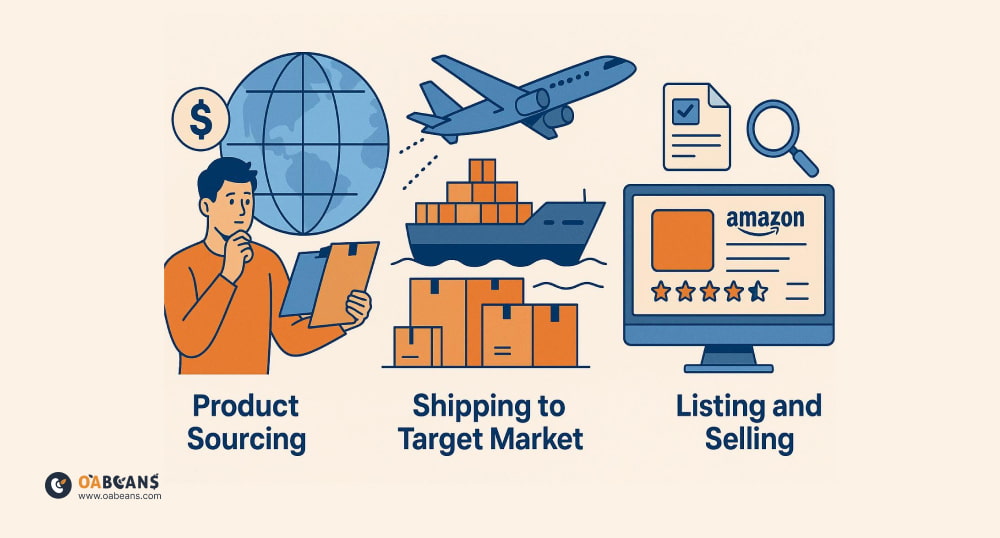

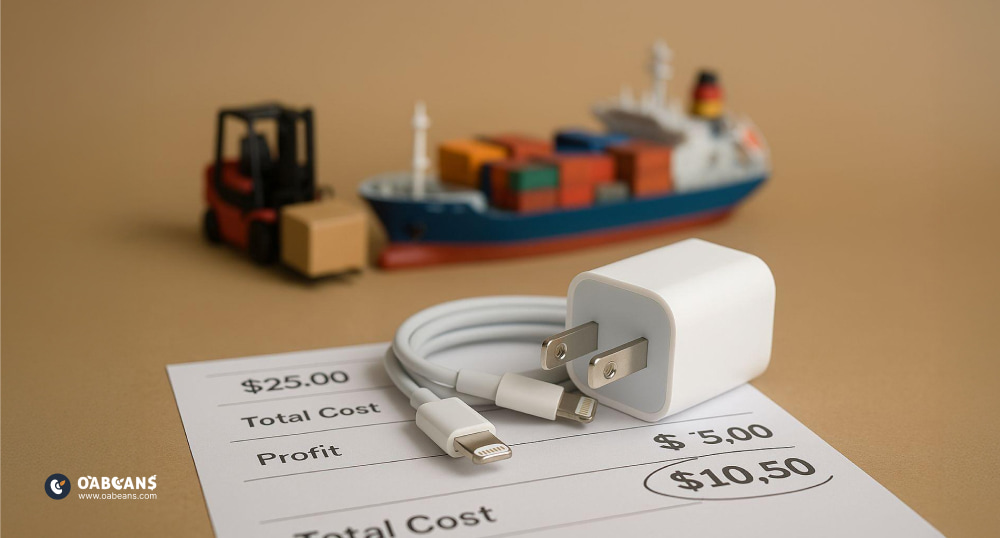

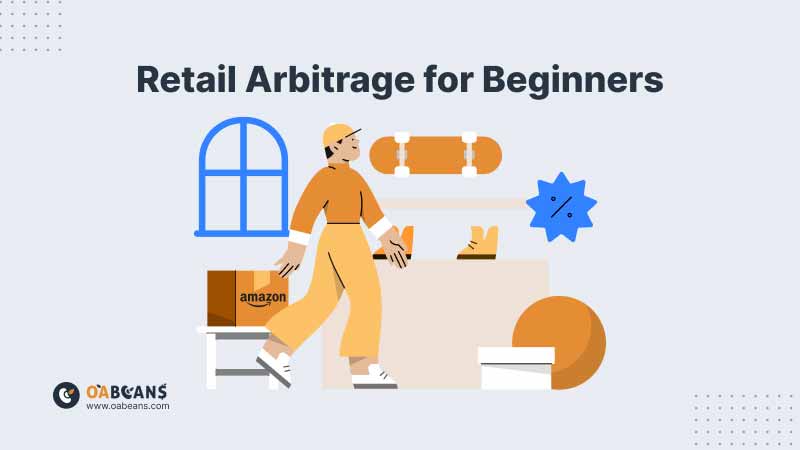
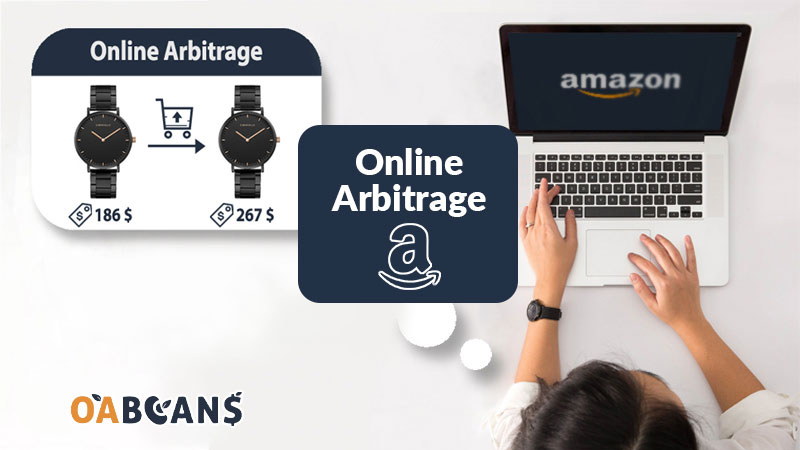
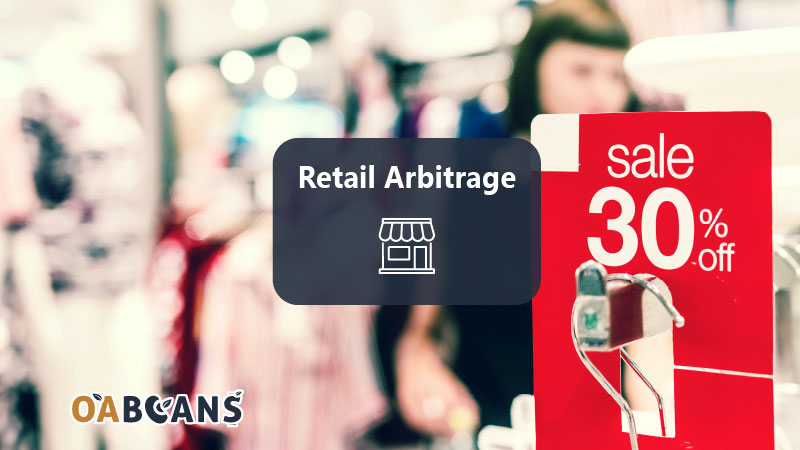
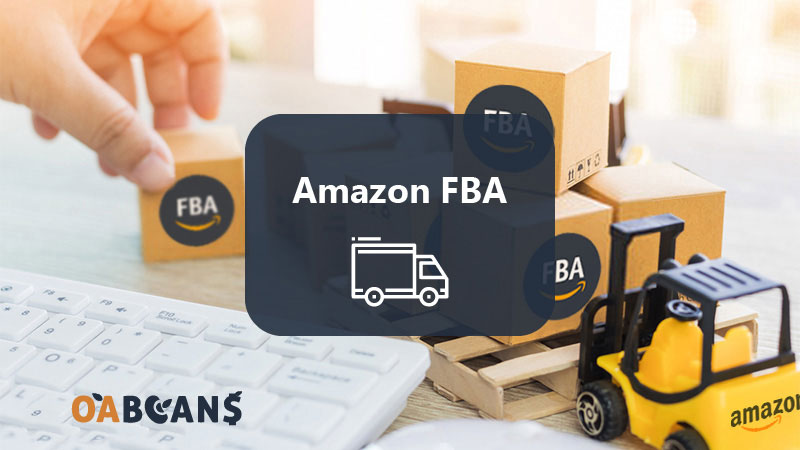


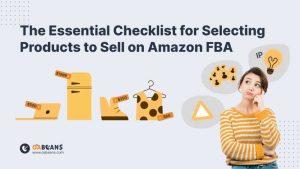


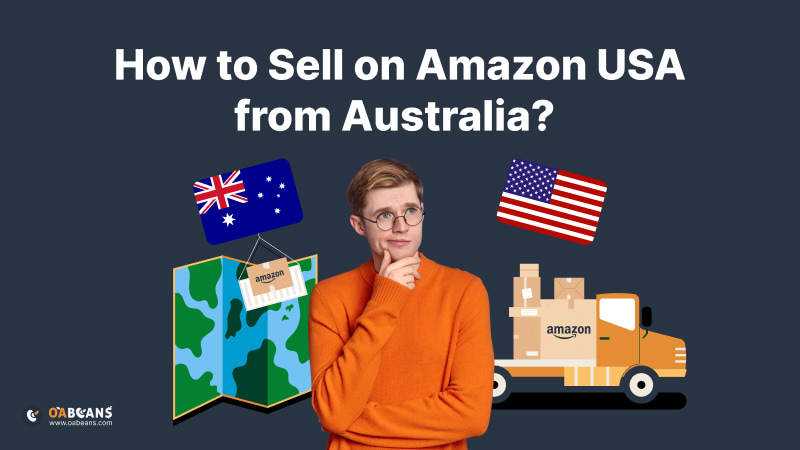

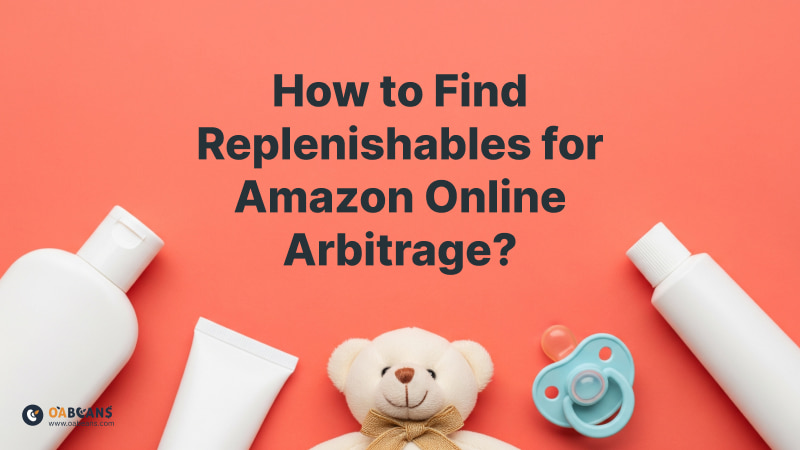

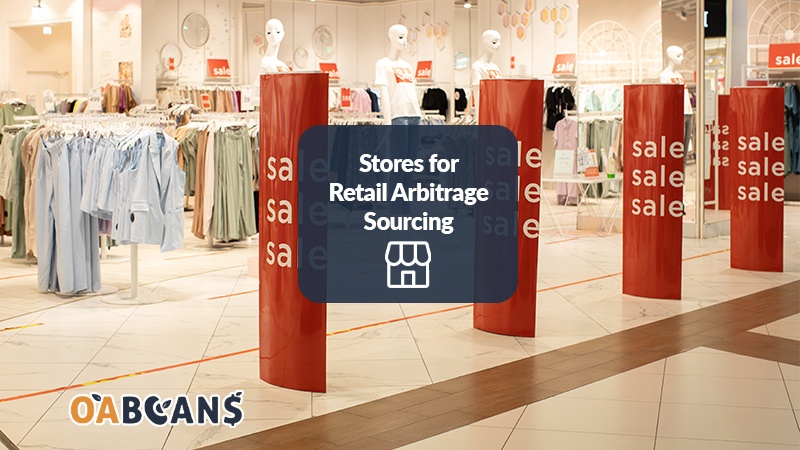
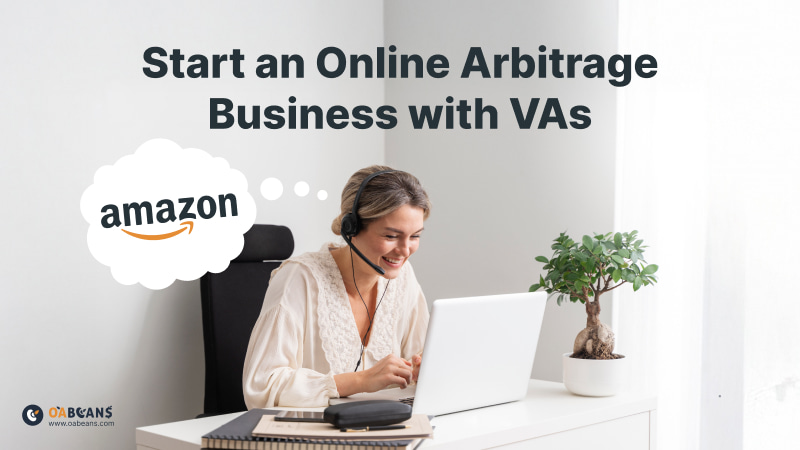




6 replies on “What is Inbound Arbitrage?”
The scalability of the Amazon FBA model allows sellers to grow their business without the limitations of storage space or logistical challenges.
With reselling, you can enjoy the flexibility and freedom of being your own boss, setting your own schedule, and working on your own terms.
By reselling on Amazon, you can leverage the trusted Amazon brand and reputation to build credibility with customers and increase your sales potential.
Amazon’s fulfillment options, such as FBA, provide efficient and reliable shipping solutions, ensuring a positive buying experience for your customers.
Retail arbitrage on Amazon offers a dynamic and ever-changing environment, where you can constantly discover new products and adapt to market trends.
The Amazon platform offers advanced search and recommendation algorithms, increasing the discoverability of your reselling products.